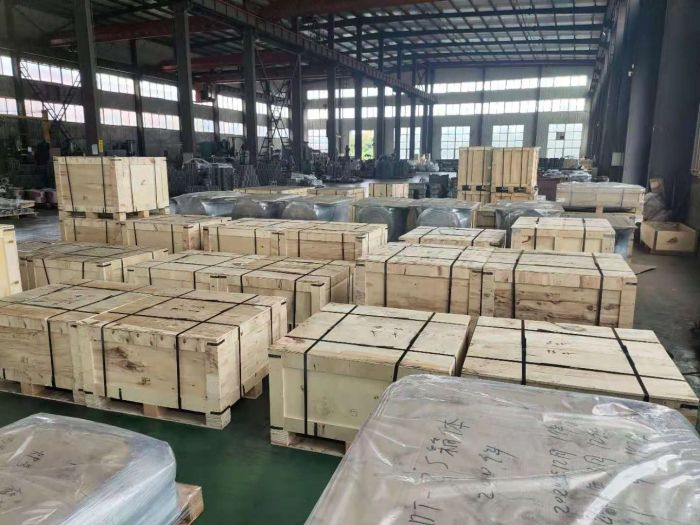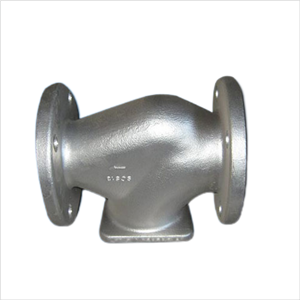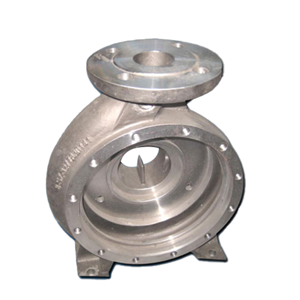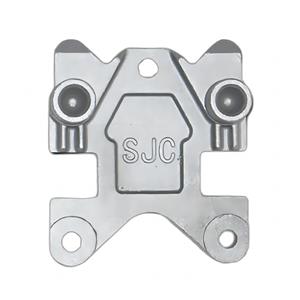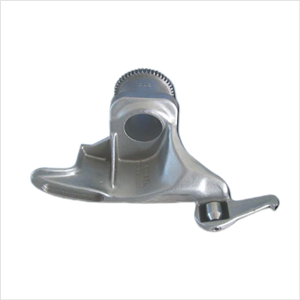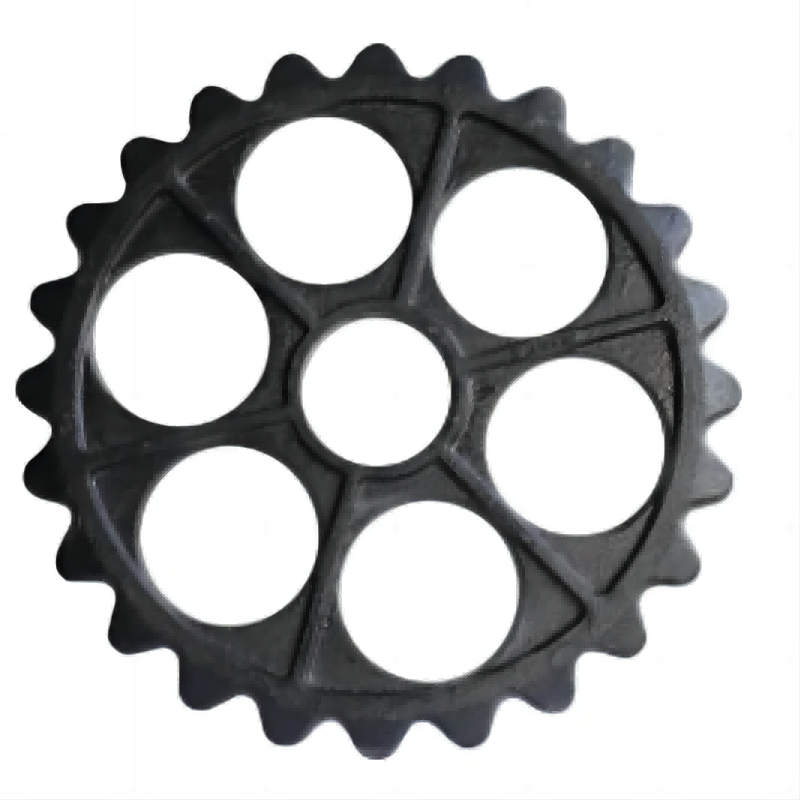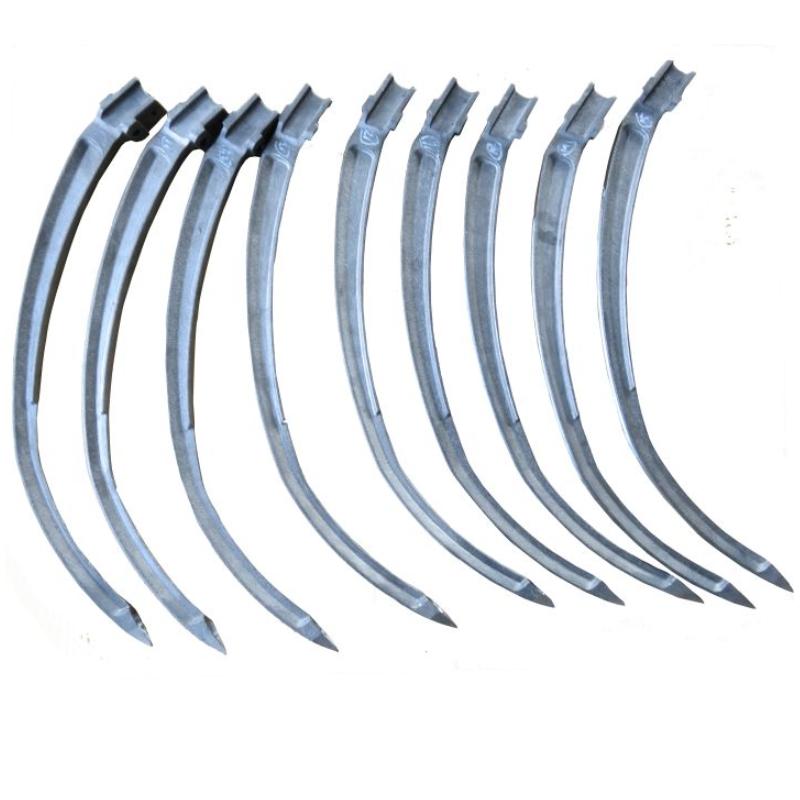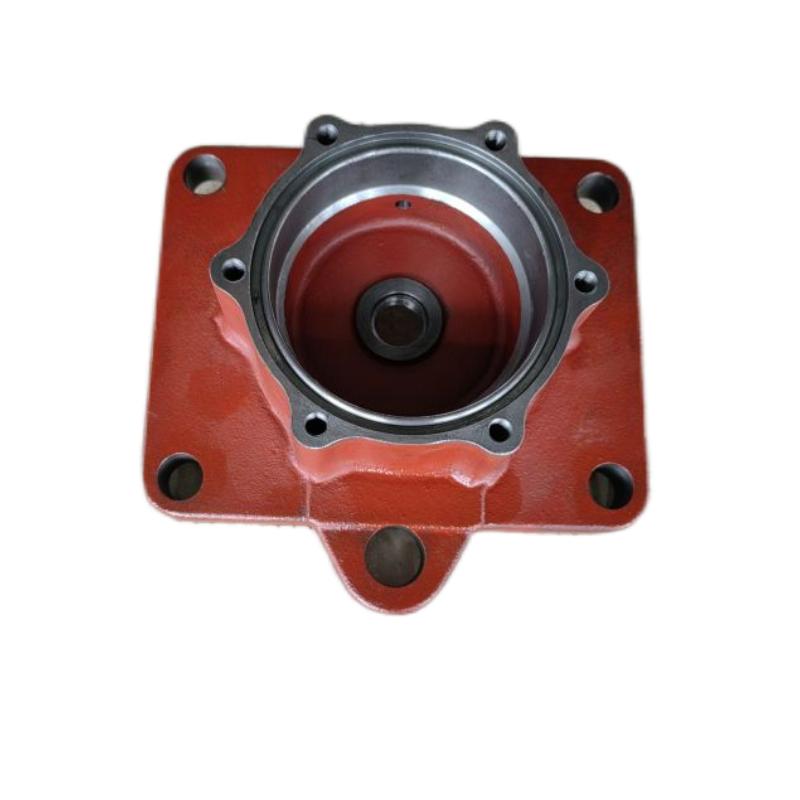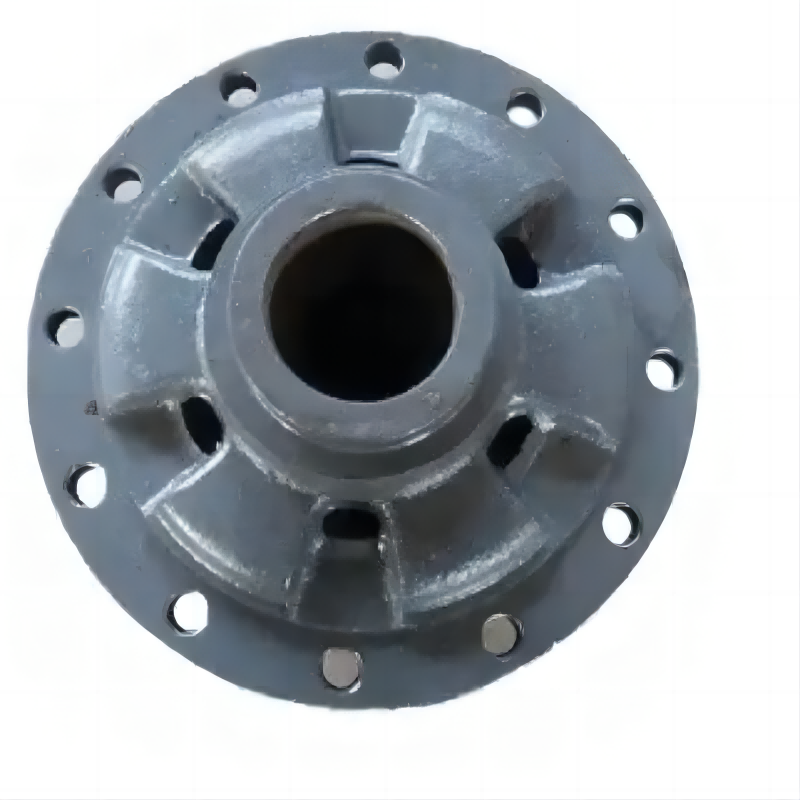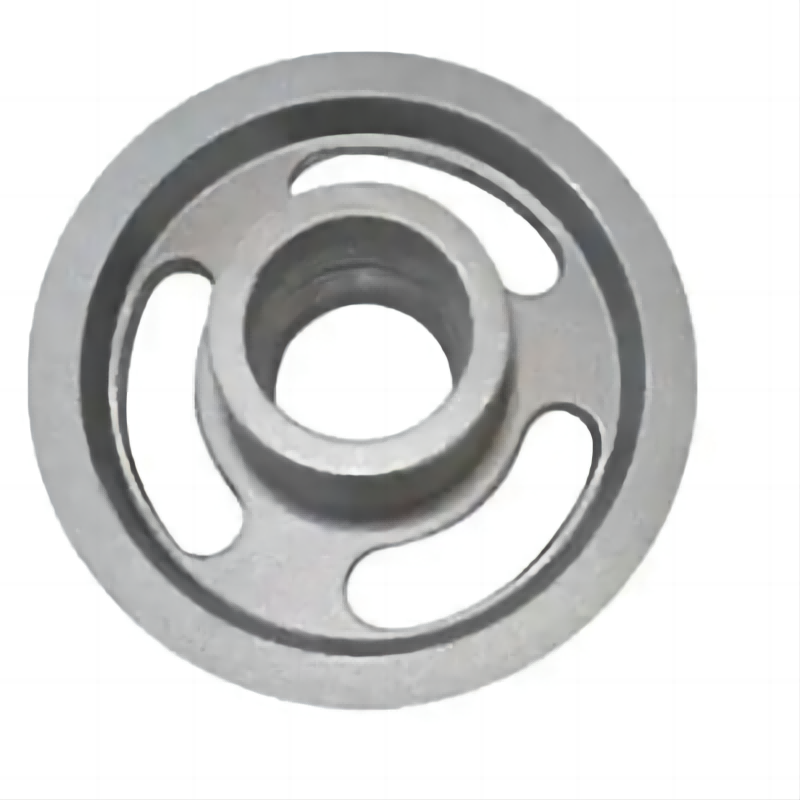
Agricultural Seeder Cast Iron Parts
Product origin Donggang, Dandong, Liaoning province
Supply capacity 10000 tons/year
1. The agricultural Seeder Cast Iron Parts are precision manufactured to achieve efficient seeding operations and improve the efficiency of agricultural production.
2. The agricultural Seeder Cast Iron Parts are precise and can realize accurate positioning and uniform distribution of seeds.
3. Agricultural Seeder Cast Iron Parts are easy to operate, easy to maintain and operate, and easy to use.
Introduction of Agricultural Seeder Cast Iron Parts:
Cast Iron Parts refer to cast parts for agricultural seeding machinery. An agricultural seeder is a mechanical device used to grow crops, while a cast iron part is a component manufactured through a casting process. The main types of agricultural air seeder accessories include fuselage, machine head, rim, transmission case, sprocket, chain, etc. These parts usually need to go through multiple processes such as casting, processing, and heat treatment before they can be finally formed. Through a suitable casting process, the opportunities for agricultural production can be met, and the efficiency and quality of crop planting can be improved.Cast Iron Seed Drill Parts is a type of Cast Iron Parts.
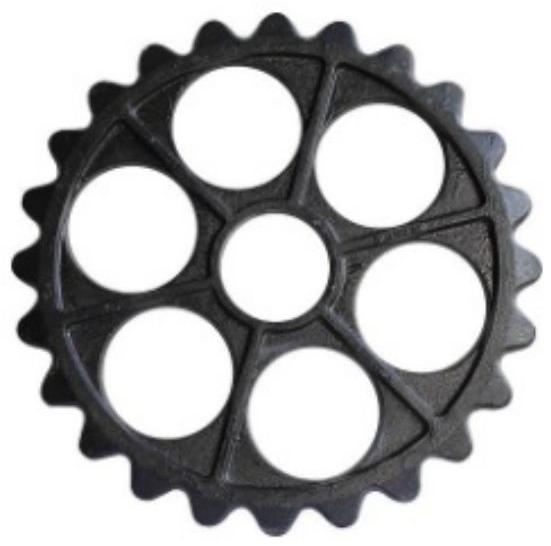
Advantages of Agricultural Seeder Cast Iron Parts:
1. Cast Iron Parts can ensure the normal operation of agricultural seeders, improve the efficiency of agricultural production, greatly reduce the time of manual seeding, and save time and cost.
2. Agricultural air seeder accessories can optimize the structure of agricultural seeders, precisely control the planting depth, spacing and density of seeds, ensure that each seed can get a suitable production environment, and improve the quality and yield of planting.
3. Cast Iron Seed Drill Parts can rationally distribute seeds and fertilizers according to soil conditions and the needs of specific crops, reduce waste and improve resource utilization efficiency.
4. Cast Iron Seed Drill Parts can promote the automatic operation of agricultural seeders, reduce manual labor and improve work comfort.
5. Agricultural air seeder accessories can be adjusted and adapted according to different crops and soil conditions, with strong adaptability and flexibility.
Application of Agricultural Seeder Cast Iron Parts:
1. Agricultural machinery: Cast Iron Seed Drill Parts is an integral part of the agricultural seeder, mainly used in the transmission system, support frame, baffle and other parts of the seeder
2. Industrial machinery: Agricultural air seeder accessories are also widely used in construction machinery, such as excavators, bulldozers, loaders, etc., mainly used in engine bases, steering gears, gearboxes, hook arms and other parts.
3. Pipe fittings: Cast Iron Seed Drill Parts are used for connection, support and sealing in the pipeline system, such as flanges, elbows, tees, pipe caps, etc.
Maintenance and repair of Agricultural Seeder Cast Iron Parts:
1. Regular inspection: Check all parts of the planter, find problems and repair them in time to ensure the normal operation of the planter
2. Clean up in time: After finishing the sowing operation, clean up the remaining seeds in time to prevent clogging due to accumulation of dust
3. Timely oil injection: Before starting work, lubricating oil can be injected into various parts in time to ensure that the parts are fully lubricated
Wooden box packaging and pallet packaging provide a sense of security:
Our company's freight logistics uses wooden box packaging, which has the following advantages:
① Wooden box packaging can combine products together to make the products more compact, reliable and firm. This will minimize the loss in logistics and freight transportation, ensuring the quality of the goods.
②The specifications of wooden box packaging can be unified, which saves more time for loading and unloading, reduces labor intensity, improves production efficiency, and shortens the transportation time of logistics and freight.
③Wooden box packaging can reduce the volume of packaging, save space, increase warehouse shipments, save the capacity of transportation tools, improve utilization, and further save transportation costs.
